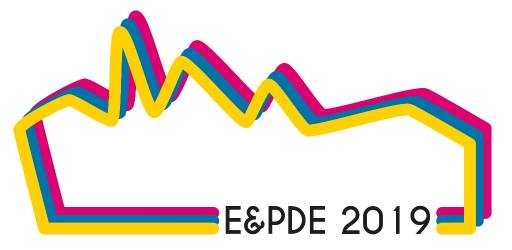Type:
Year:
2019
Editor:
Bohemia, Erik; Kovacevic, Ahmed; Buck, Lyndon; Brisco, Ross; Evans, Dorothy; Grierson, Hilary; Ion, William; Whitfield, Robert Ian
Author:
Series:
E&PDE
Institution:
1: Penn State University, United States of America; 2: Universidad Tecnologica de Bolivar, Colombia
Section:
Cultural 2
DOI number:
ISBN:
978-1-912254-05-7
Abstract:
Finding sustainable solutions to worldwide problems has become a critical challenge for engineers. The use of natural resources and the generation of materials no degradable should be controlled when sustainable solutions are pursued. As a result, the notion of reusing materials and products for longer periods is gaining momentum in the design for sustainability, and the circular economy is becoming the new paradigm to be implemented for that purpose. In contrast to the traditional linear economy that is focused on making, using and disposing of products, the circular economy is focused on remanufacturing, reusing and recycling products and materials to extend their life. However, the circular economy is not formally introduced in the academia and futures engineers are not getting prepared to incorporate it into the design for sustainability. The aim of this work is to propose a pedagogical approach to introduce the concept of circular economy in engineering design. A case study is presented to compare the design of a product based on the linear economy model (manufacture, use, waste) and the redesign of the product using the circular economy model (remanufacture, reuse, recycle). The comparison will be attained using sustainability performance indicators considered from early design stages. The contrast between the original design based on the linear economy and the re-design using the circular economy allows illustrating the benefits of the circular economy model to enhance the sustainability performance of a product. Additionally, the proposed approach promotes students’ awareness of the impacts of decisions made during the design stage on sustainability including material consumption, energy, emissions, and costs among others. It is expected that the proposed method influences students' engineering design processes regarding sustainability in product design inspired by the feel, think, do. In the long term, it is expected that the technique will be mastered easily by the engineers working on the area of product design who will have sufficient background on the topics of sustainability and circular economy; thus, this practice can be replicated in the professional industrial field. An example is presented to demonstrate the applicability of the proposed approach.
Keywords:





